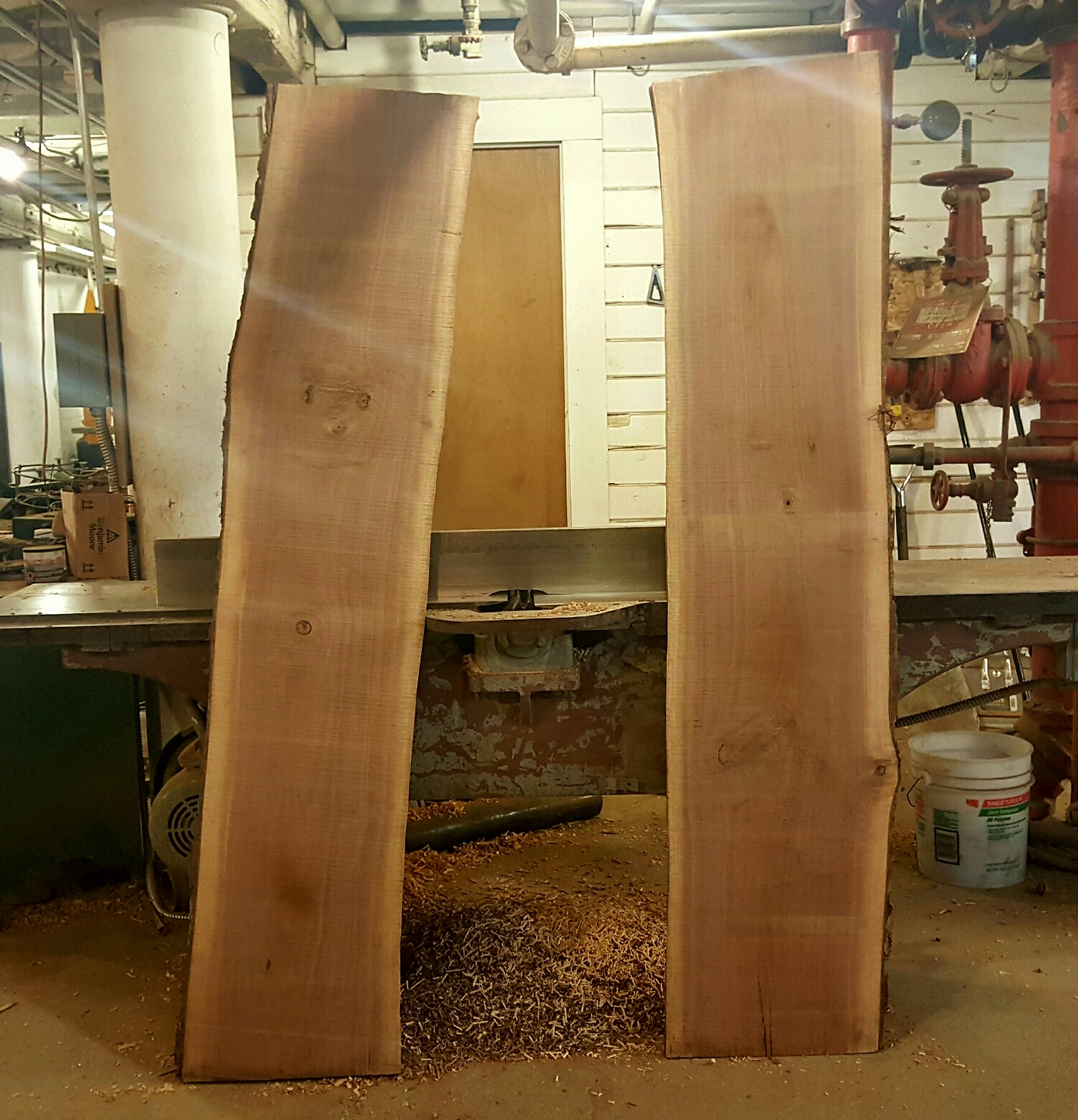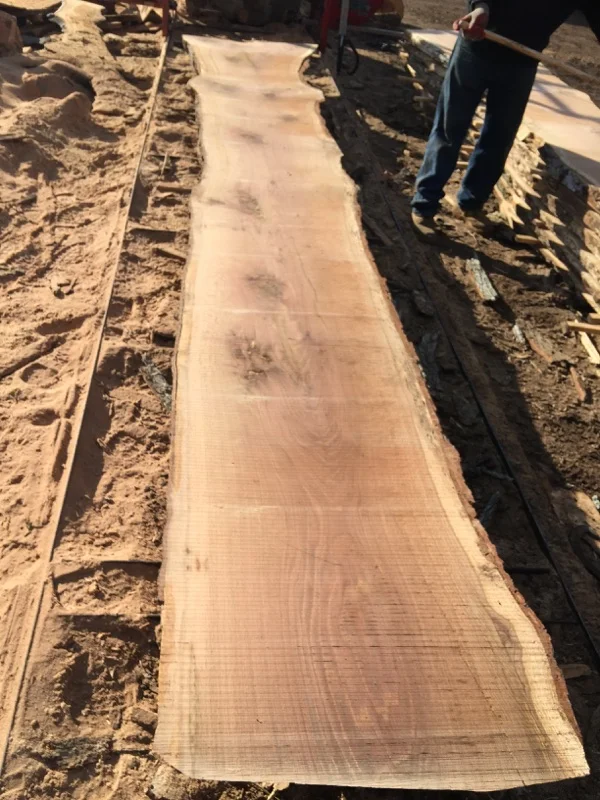What an uplifting, encouraging, inspiring, powerful weekend it has been
Martha Stewart American Made 2016 Summit
Some of the dynamic movers and shakers at the Summit.
Martha Stewart and Jim Cramer
Deborah Needleman of T Magazine, designers Joseph Abboud and Zac Posen
Martha with Jessica Alba
Bill Sweedler and Barry Sternlicht
Martha Stewart American Made 2016 Summit
2016 Honorees
Martha Stewart American Made 2016 Summit
What an eventful and inspiring day! Opening remarks by Martha Stewart.
Martha Stewart American Made 2016 Summit
Waiting for the program to start. Exciting day for us!
We're So Proud
With the One and Only...Martha Stewart
Tonight at the Martha Stewart American Made 2016 cocktail reception at One World Observatory
Martha Stewart and Robert, the blacklumberjack.
American Made 2016 Honorees
Oh, that breathtaking NYC skyline.
On This Day in Yonkers History
October 17, 1912
Frederick Davenport, a Yonkers resident and former Senator, addressed workers of the Alexander Smith Carpet Company at the company's Elm St. gate. He was running for Lieutenant Governor on the Progressive Party* ticket, with Oscar Solomon Straus heading the state ticket. The Progressive Party received 25% of the vote. Mr. Davenport returned to the NY Senate in 1919, and then was elected to the House of Representatives as a Republican in 1924, serving from 1925 to 1933.
The Progressive Party (also known as the Bull Moose Party) was a U.S. dissident political party that nominated former president Theodore Roosevelt as its candidate in the presidential election of 1912. The formal name and general objectives of the party were revived 12 years later. Opposing the entrenched conservatism of the regular Republican Party, which was controlled by Pres. William Howard Taft, a National Republican Progressive League was organized in 1911 by Sen. Robert M. La Follette of Wisconsin. The group became the Progressive Party the following year and on August 7, 1912, met in convention and nominated Roosevelt for president and Gov. Hiram W. Johnson of California for vice president. It called for revision of the political nominating machinery and an aggressive program of social legislation.
The party’s popular nickname of Bull Moose was derived from the characteristics of strength and vigor often used by Roosevelt to describe himself. He waged an energetic campaign, during the course of which an insane man in Milwaukee, Wisconsin, shot him while on his way to make a speech. He went ahead with his address, telling the crowd that he had a bullet in his body but assuring them that “it takes more than that to kill a Bull Moose.” The Bull Moose ticket polled some 25 percent of the popular vote. Thus split, the Republicans lost the election to the Democrats under Woodrow Wilson. The Bull Moose Party evaporated, and the Republicans were reunited four years later.
Source: Yonkers Rising, October 14, 2016 and Encyclopedia Britannica (online)
And The Fun Continues
This morning's load up has extended to this afternoon, but we're not complaining.
Thank You
To all who stopped by our booths this past weekend at Circle of Sisters and the Brooklyn Flea. We look forward to helping you with your next project. Give us a call or drop us a line.
Monday Morning Load Up
Picking up some really great wood from a building in the DUMBO historic district.
Don't forget
We're at Circle of Sisters at the Javits Center today and tomorrow, as well as the Brooklyn Flea.
Check us out at either location.
Circle of Sisters
Brooklyn Flea Ft. Greene
Spotted at the Yard
Haven't come across too many of these this season, and just yesterday, there was this...
Always on the lookout for nature's bounties.
Circle of Sisters Expo
Come join us this weekend at the Circle of Sisters Expo.
Produced and hosted by WBLS-FM, HOT 97-FM, WLIB–AM and Emmis Communications, COS hosts a variety of panel discussions, seminars, and inspirational services, as well as a Gospel concert and fashion show, in addition to over 300 vendors and small businesses selling unique items and services all weekend.
October 15-16 at the Jakob K. Javits Center., Level 1, Halls 1A-1C. We'll be in Booth 733, so stop by.
Setting up our booth tonight
Looks even better in person
Beautiful Tulip stump
History Lesson
How Yonkers Got Its Name
This past week we posted some interesting historical "goings on" in Yonkers in the 20th century, which were fun to research. Yonkers has a rich and varied history and one that is filled with quite a few firsts. Here now, we give you some historical information on the city that NYCitySlab calls home.
The first residents of the City of Yonkers were Native Americans of the Algonquin, Mohegan and Manhattes tribes. Napperckamack, the name of their village (which means rapid water settlement) was where the Neperah stream, which is the present day Saw Mill River, flowed into the Hudson or Shatemuck River.
In 1609, the Dutch West India Company sponsored Henry Hudson's expedition up the waterway which now bears his name, to find a new sailing route to India. His discovery led to fur trading with the Indians at various points along the river.
Under Dutch rule, the purchase of lands became quite a business. Twenty years after Peter Minuit bought Manhattan Island for the grand sum of $24, Adriaen Van der Donck received a land grant from the Dutch West India Company. In addition to being the first lawyer in the Dutch colony, Van der Donck was a leader in the political life of New Amsterdam (modern New York City), and an activist for Dutch-style republican government in the Dutch West India Company-run trading post.
As the area's patron and as dictated by Dutch law, Van der Donck bought the land from the Indian Sachem of the Keskeskick in the late 1640's and named it Colen-Donck (Donck Colony). He built one of the first saw mills in the the New World on De Zaag Kill, or the Saw Mill River, in 1649. Van der Donck was referred to as De Jonkheer, "young gentleman" or "young nobleman". De Jonkheer evolved through several changes to The Younckers, The Yonkers and finally to present day Yonkers.
Adriaen Van der Donck
The View From a Ferris Wheel
Our friend Fred, inventor, designer, developer and all around fun guy, hand made this unique ferris wheel for his grandchildren. Now, if he can only get them to take a ride...
No Fuss, No Muss
Buying wood from NYCitySlab is as easy as can be. The hard part will be deciding which slabs to get.
We have a very large selection of slabs, some are even prettier than this pair of Walnut.
Make an appointment, choose what you need, pay and take with you.
We can mill to your specifications and finish the slabs too.
On This Day in Yonkers History
October 13, 1915
After six men "signed the pledge" to stop drinking, Judge Joseph Beall suspended the sentences he had given them for intoxication.
Chances are that at least three of the men went home, slept it off and soon forgot the pledge.
Source: Yonkers Rising, October 7, 2016
Knotty White Oak
Just milled this 17'L x 24"W White Oak and is it ever all it promised to be!
On This Day in Yonkers History
October 12, 1915
City Judge Joseph Beall ordered the adenoids removed from a chronically truant boy. This was a last ditch measure before committing the boy to an institution for truancy. The Judge had heard troublesome adenoids "caused some boys to be bad".
Say, "Ahhhh..."








































